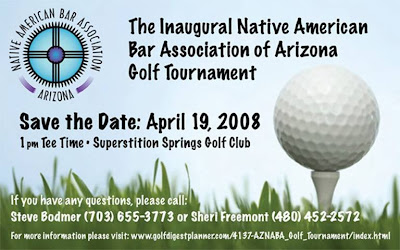Salt River Pima-Maricopa Indian Community
Scottsdale, Arizona
General Counsel
$137,483 – $ 206,227 per annum
(Full Range)
Description: Under the administrative direction of the Community Council, serves as the chief legal advisor, representative and counselor to the Salt River Pima-Maricopa Indian Community (SRPMIC or Community) government, including all departments, divisions, enterprises and other entities. Ensures that applicable laws are followed so that tribal sovereignty is protected and enhanced. Provides assistance to avoid or prevent legal disputes and litigation and protects the Community’s legal interests. Supervises, administers, and oversees all legal services for the Community. This is treated as an FLSA exempt job class.
Qualification: Bachelor’s degree and graduate of an accredited law school, with a minimum of seven (7) years of experience practicing law which included some experience in at least three or more of the following areas: federal Indian law, employment law, commercial transactions, gaming law, leasing, and planning and zoning, A minimum of 3 years of supervisory experience and some experience/familiarity with executive, legislative, and judicial functions of tribal government is also required.
· Special Requirement: Must be a member in good standing of a State Bar, preferably the Arizona State Bar, and must be eligible to be or admitted to practice in Federal District Court. Must have no outstanding contempt citation from any court. If not licensed and certified by the Arizona State Bar as of the date of hiring, employment shall be conditioned on successful completion and passing of the Arizona State Bar exam within one (1) year of the date of hire.
SUBMIT OFFICIAL SRPMIC APPLICATION OR RESUME TO: SRPMIC -Human Resources, 10,005 E. Osborn Rd. Scottsdale, Arizona 85256
For full job description and to download our application, please visit our website: www.srpmicjobs.com



